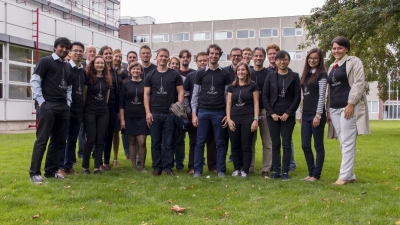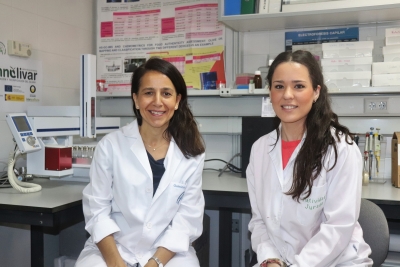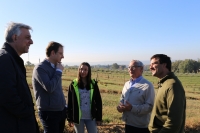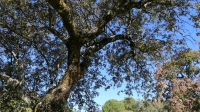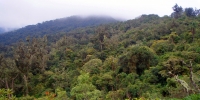PHOTO4FUTURE. Catalyst Synthesised Using Cereal Waste Activated by Sunlight
Escrito por UCC+IThe Photo4Future project investigates the use of visible light in chemical transformations, in search of greener reactions
The University of Cordoba has simplified the method to categorize olive oil
Escrito por UCC+IA research group has developed an analytical methodology to go along with sensory tasting and is working towards putting it into effect at businesses
LIFE + CLIMAGRI. Adapting Agriculture to Fight Climate Change
Escrito por UCC+iThe LIFE + ClimAgri project promotes a set of sound agricultural practices to mitigate and adapt to the effects of global warming
University of Cordoba research analyzes how changes in the structure of soil microbiota affect holm oak decline
A European project to promote Agriculture's public “assets”
Escrito por UCCiSilvicultural treatments can increase the capacity to absorb carbon in forests
Escrito por UCC+iThe Department of Forest Engineering at the University of Cordoba used LiDAR (Light Detection and Ranging) technology to plan Aleppo pine replanting in search of the highest absorption of carbon
The current importance of climate change has turned carbon sequestration into the focus of strategies aimed at reducing the concentration of CO2 in the atomosphere. Given their role as sinks for natural carbon, forest ecosystems can be allies in environmental sustainability. However, the challenge in research lies in increasing the “sequestration power” of these ecosystems.


